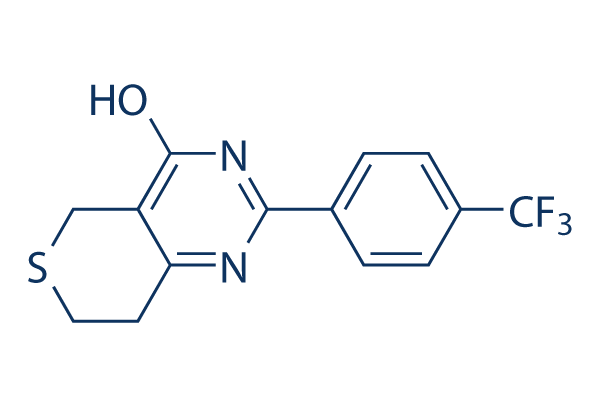We observed that treatment method of HUVECs with P CM significantly improved endothelial cell proliferation when compared with V CM. Immunoneutralisa tion of ADAMTS1 from P CM more elevated endothelial cell proliferation compared with P CM alone or P CM incubated with IgG in area of neutralising antibody. Because ADAMTS1 is also expressed and developed in endothelial cells we investigated the function of endogenously developed endothelial ADAMTS1 on cellu lar proliferation employing RNA interference. We utilised a cocktail of three commercially offered validated siRNAs and uncovered that we could suppress endogenous ADAMTS1 expression in HUVECs by about 50% when when compared to a management non target siRNA or untransfected cells. Making use of this technique, we discovered that silencing of endothelial ADAMTS1 in HUVECs with ADAMTS1 siRNA prior to treatment with P CM also enhanced the proliferative effects in contrast with HUVECS transfected with management siRNA.
These data suggest a dual mechanism for regulation of endothelial selleck chemicals cell function by ADAMTS1 launched from epithelial cells and endothelial cells. Discussion Metastasis is amongst the hallmarks of cancer, where neo plastic cells migrate away from the reliable tumour, invade via ECM, and turn out to be dispersed close to the body by means of the blood and lymphatics. The process of metastasis is generally linked with poor prognosis and survival charges. Despite the fact that the mechanisms that regulate cancer metastasis are various, a hyperlink amongst the PTGS prostaglandin pathway in breast and colon cancers is established. The exact mole cular mechanisms and effector molecules which mediate metastasis, especially in the context of endometrial can ATP-competitive JAK inhibitor cers are yet poorly defined. Within this examine, we investigated the expression, regula tion and prospective function of the disintegrin and metallopro tease which has a thrombospondin repeat 1 in endometrial adenocarcinomas.
In breast and pancreatic cancer, ADAMTS1 has become proven to promote metas tasis by enhancing cellular  migration and invasion. From the present examine, we located that the expression of ADAMTS1 was upregulated coincident using the FP receptor in effectively, moderately and poorly differentiated endometrial adenocarcinoma samples compared to typical endometrium from the proliferative phase on the menstrual cycle. Because the endometrium of post menopausal gals is no longer under ordinary hormonal manage, is atrophic and regularly not attainable, we chose typical proliferative phase endometrium as our comparator. This is the phase in the menstrual cycle which exhibits fast cellular proliferation, differen tiation and tissue remodelling and is the phase on the menstrual cycle together with the highest level of FP receptor expression.
migration and invasion. From the present examine, we located that the expression of ADAMTS1 was upregulated coincident using the FP receptor in effectively, moderately and poorly differentiated endometrial adenocarcinoma samples compared to typical endometrium from the proliferative phase on the menstrual cycle. Because the endometrium of post menopausal gals is no longer under ordinary hormonal manage, is atrophic and regularly not attainable, we chose typical proliferative phase endometrium as our comparator. This is the phase in the menstrual cycle which exhibits fast cellular proliferation, differen tiation and tissue remodelling and is the phase on the menstrual cycle together with the highest level of FP receptor expression.
CETP Signal
CETP is a member of a class of drugs
